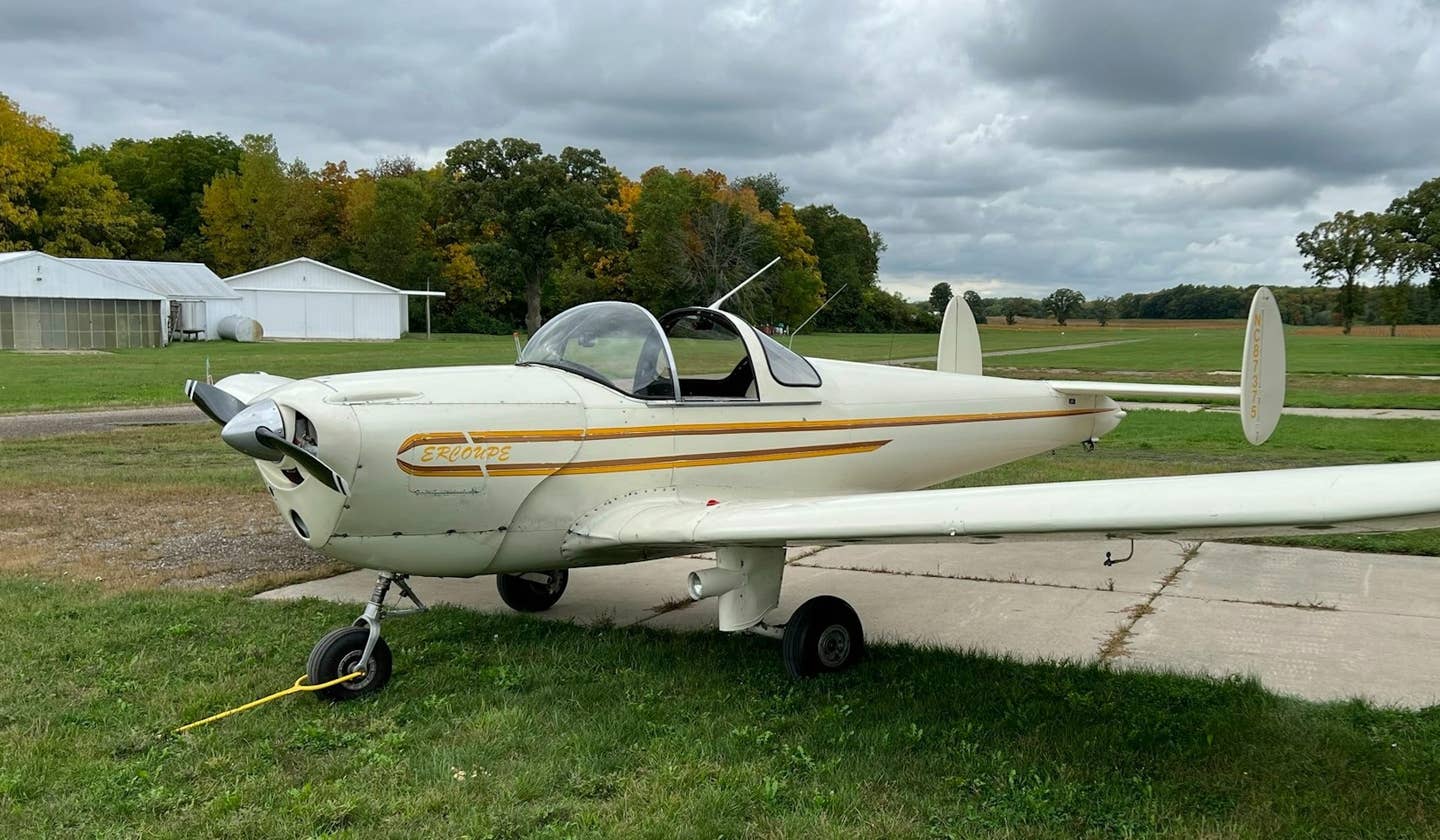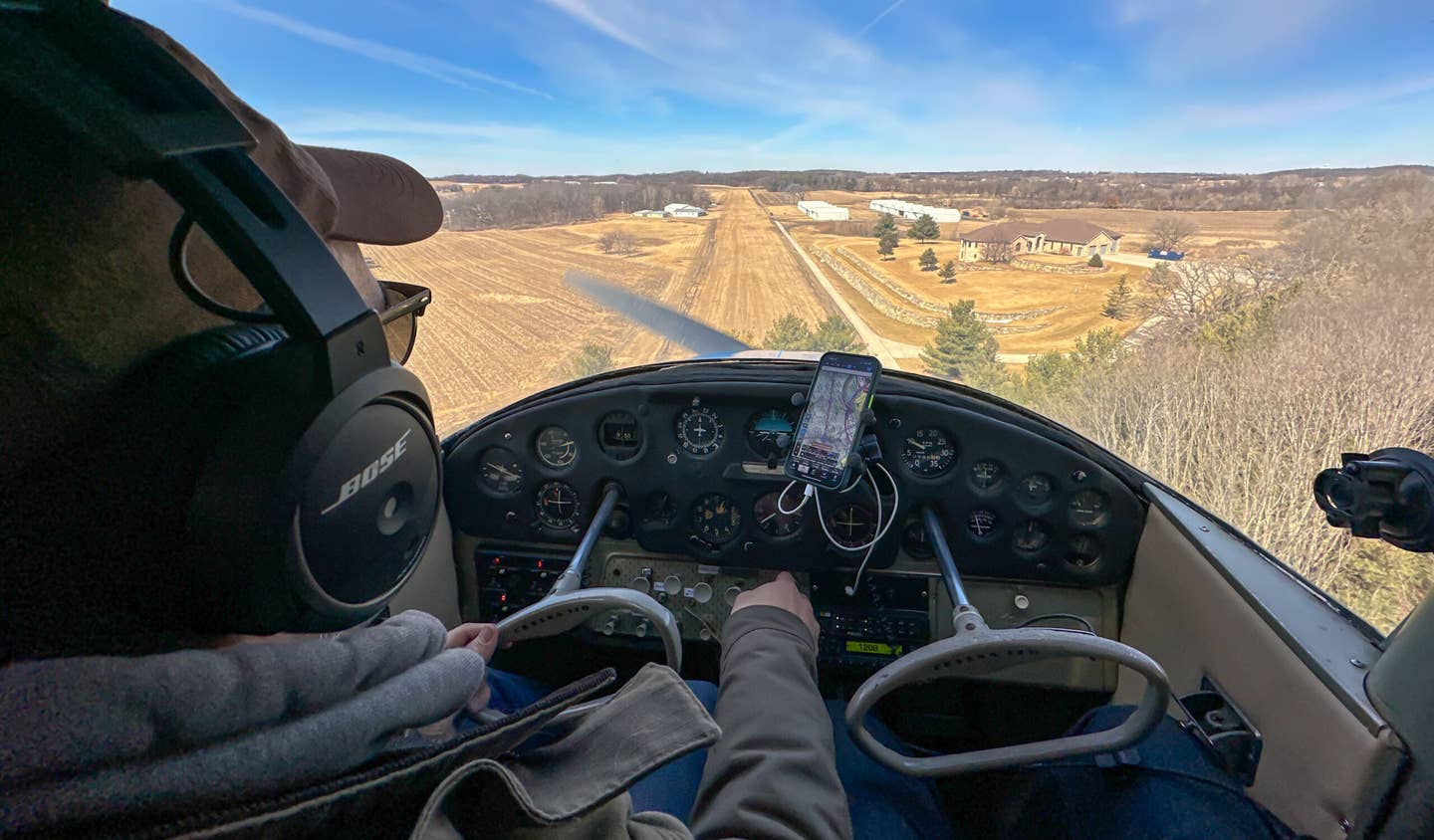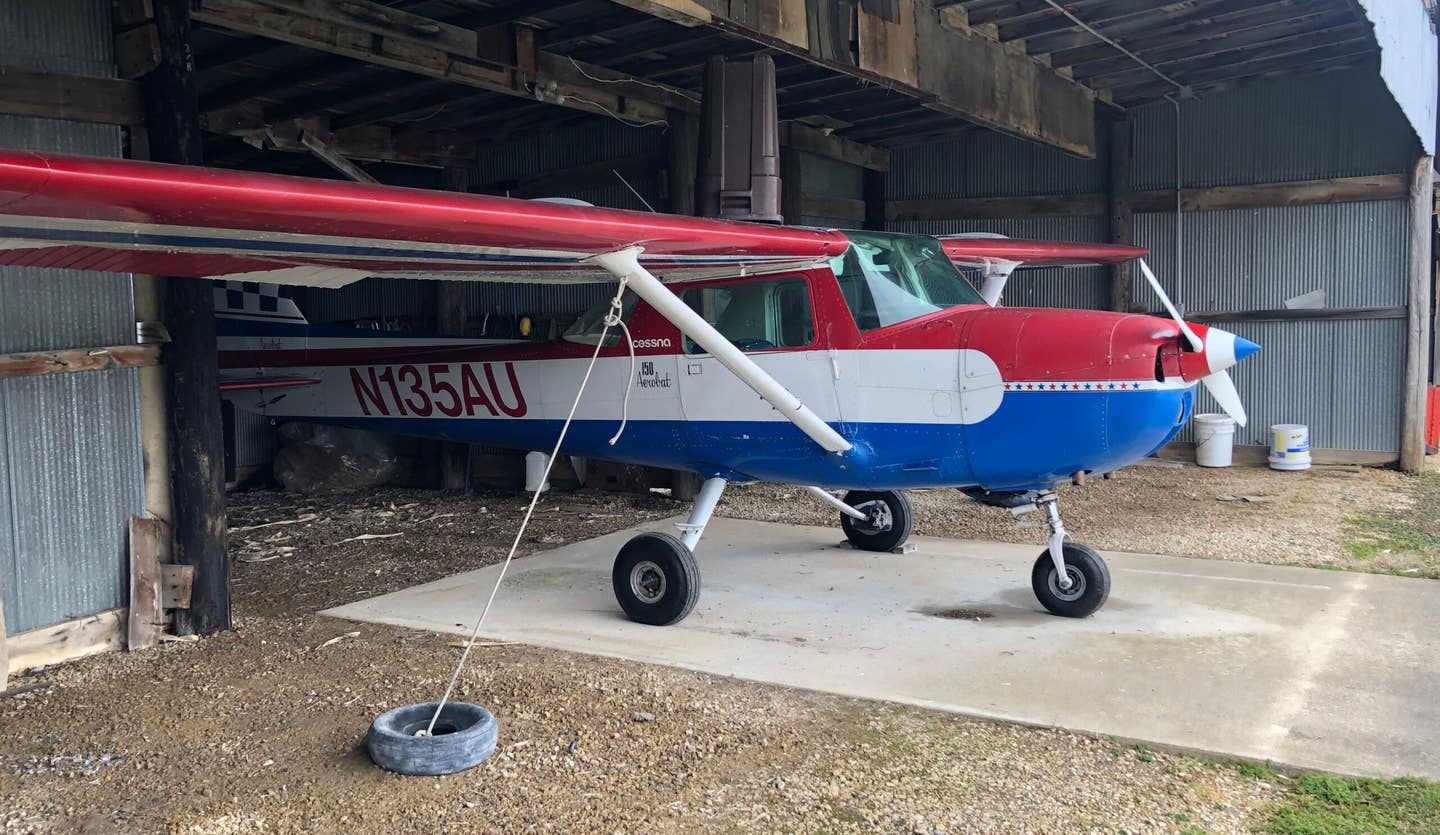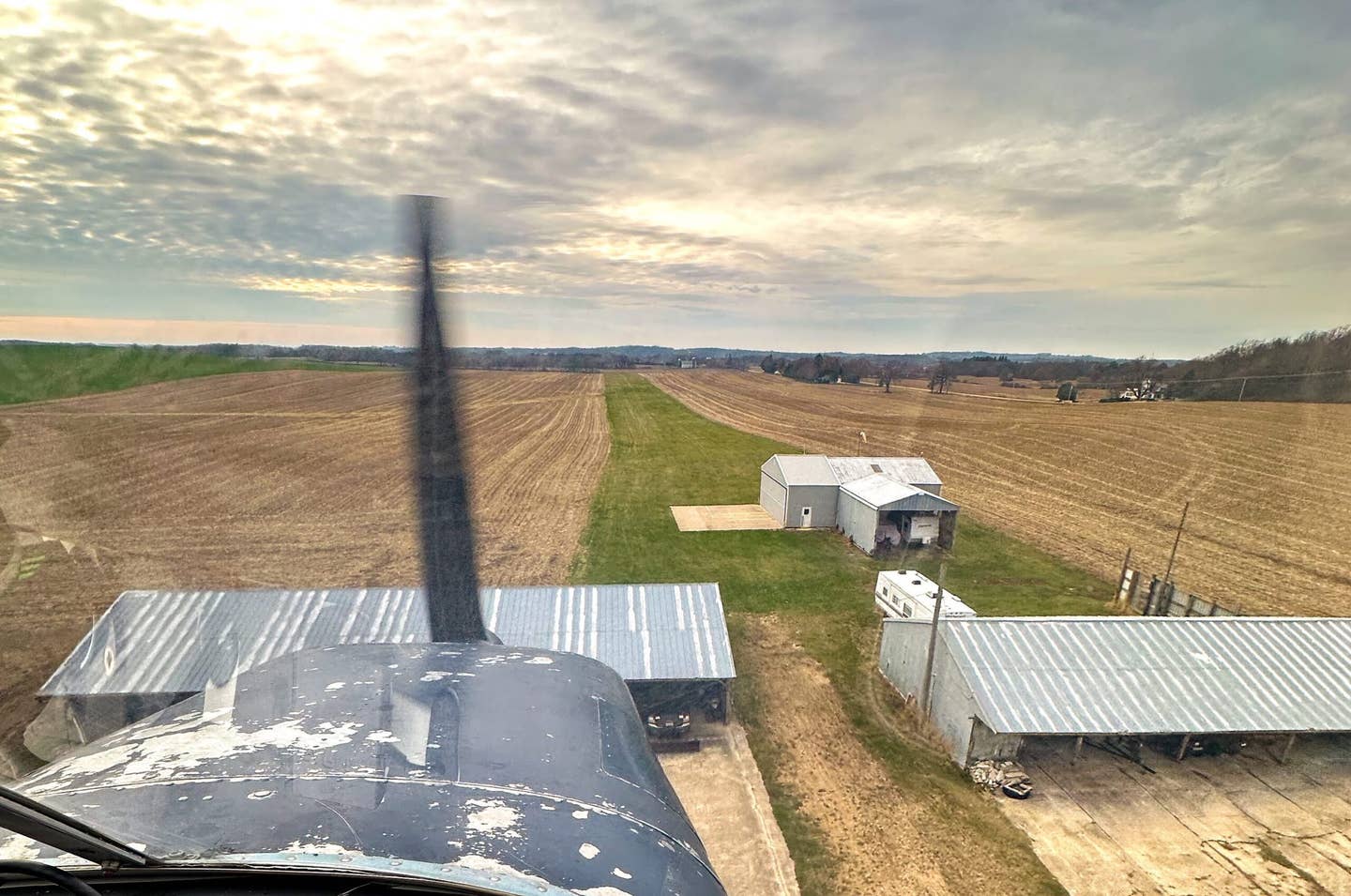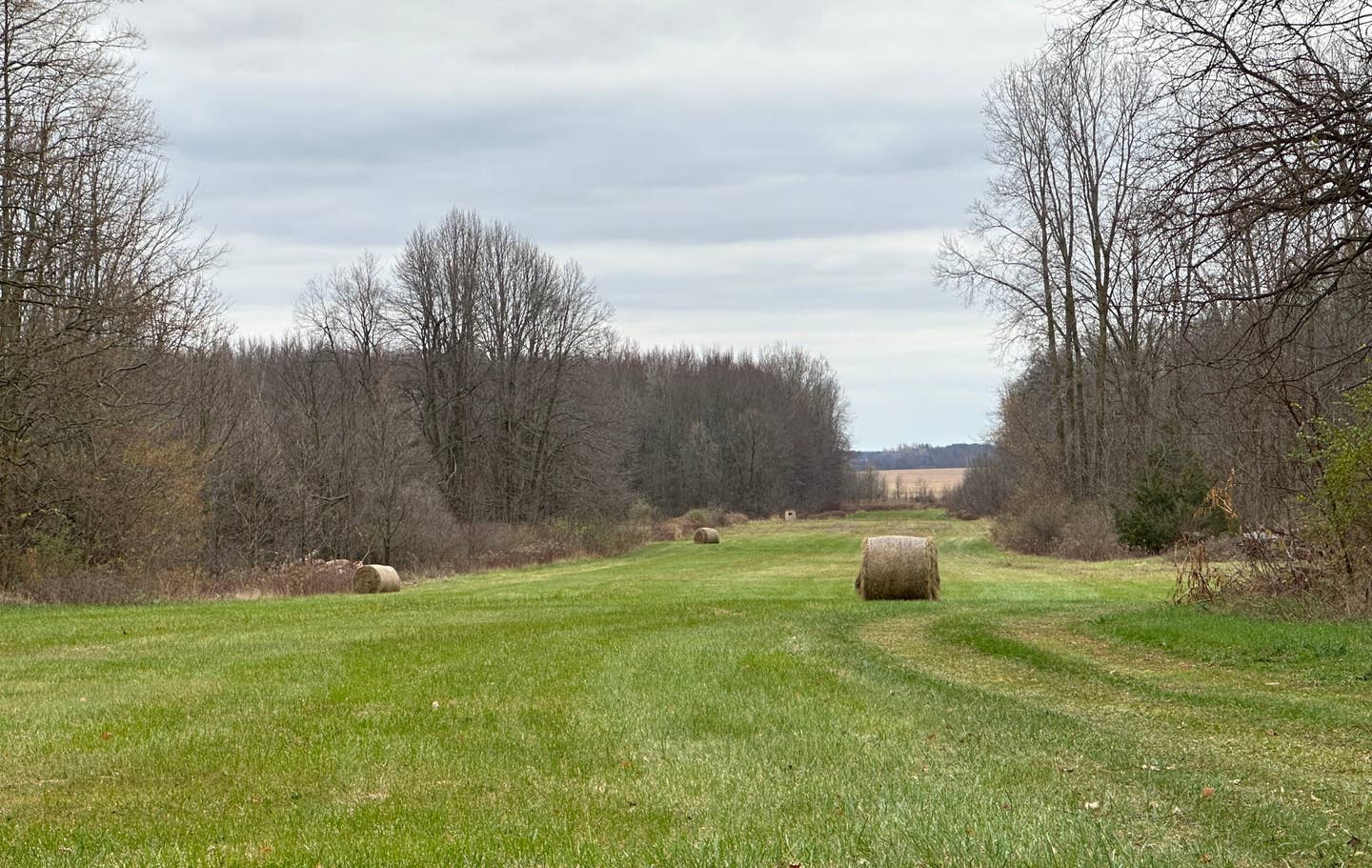
At long last, a completed engine break-in enables the continuation of checkout training. [Photo: Jason McDowell]
One of the best parts of being a renter is the lack of attachment to the airplane you’re flying. Sure, you’re probably rather fond of the machine, and you do your very best to take good care of it. But should a bonehead move result in bent metal, you’ll simply trudge through the humiliating process of filing an insurance claim, pay a deductible, and then get on with your life in an emotional state no worse than if you had just totaled a Nissan Altima rental car.
Being an owner, on the other hand, is altogether different.
For one thing, you maintain a keen awareness of each and every system onboard the airplane at all times, well above and beyond what you might have experienced during your rental days. An odd rumble here, a subtle murmur there…signals like these whisper directly into your soul, suggest five-figure repair bills, and if you happen to be on a tight budget, chill you to the bone.
Sure, they also suggest concerns about airworthiness and perhaps warn you of an imminent issue that might necessitate a precautionary landing. But as a humble new owner, having to handle an inflight emergency just might be preferable to having to handle a financial one.
In addition to the sense of financial responsibility you feel as an owner, there’s an emotional attachment to your machine that’s even more profound. A responsibility to all its past and future owners to take good care of it and pass it on to the next owner in sound mechanical condition. All the past owners had successfully managed to do it, and now it’s your turn.
The weight of this responsibility weighed heavily on me and visions of getting it wrong swirled around my head as I taxied to the runway with my instructor seated next to me. It was a beautiful spring afternoon with pleasant temperatures and calm winds. Best of all, no other airplanes were out and about. Perfect conditions to continue my checkout training in my first airplane.
It was a long time coming. The poor Cessna had been down for maintenance from August until December. When the engine work had finally been completed, it took another four months to properly break in the new cylinders.
“My nerves were well under control, and I was eager to get back into the air. Still, the specter of bonehead-induced airplane damage was lurking in the back of my mind...”
The engine break-in was the tricky part. To properly break in new cylinders, an airplane must be flown at cruise power settings—no pattern work allowed—which was problematic, as I specifically needed pattern work to get checked out in the airplane.
I ultimately depended on good friends with 170 experience to help me with that. Whenever they were available and willing, we’d hop in and go blast around to nowhere in particular for an hour or so. Little by little, we flew the necessary break-in hours, and I was finally prepared to continue my check-out lessons.
My nerves were well under control, and I was eager to get back into the air. Still, the specter of bonehead-induced airplane damage was lurking in the back of my mind, and I was determined to exercise good judgment as I learned how my airplane handled during takeoff and landing. I looked forward to finding a massive grass strip someplace, several thousand feet long and maybe 100 feet wide, where there was plenty of room to fumble through some landings.
Instead, my instructor promptly directed me to a short grass strip I’d never heard of. While not overly short at about 1,600 feet, it certainly wasn’t what I had in mind. While on final, he casually mentioned that the first few hundred feet of the runway were pretty soft after a recent rain, and I’d probably want to avoid that section of the runway.
Fortunately, I needn’t have worried. The 170’s massive flaps made short work of the short field, and I made some reasonably decent takeoffs and landings. After departure, we continued on to another grass strip that had the added challenge of a pseudo ski jump in the middle. My instructor, it seemed, enjoyed toying with me.
After more pattern work consisting of both three-point and wheel landings, we headed to a third airport to get some fuel. This was the airport I was most concerned about, as it had no grass runways at all—only pavement. I’d never actually landed a taildragger on pavement before, and heard many stories about how unforgiving the surface is to a sloppy or less-than-proficient pilot.
The two surfaces differ in the amount of friction that exists between the tires and the runway surface. On grass strips, the tires imperceptibly slide left and right a bit as you make corrections with the rudder. This gives them less “bite,” and when you touch down in a less-than-coordinated state, the airplane will likely just squirm a bit to the left or right as you correct. Grass is easy.
Pavement, on the other hand, demands quick reflexes and quick reactions. Because the tires get such good traction compared to grass, they bite into the surface. Should you touch down in any sort of a crab, they can quickly snap you around into a ground loop with little warning. If you’re landing on pavement, you’d better have great coordination and control.
Fortunately, the landing went fine and wasn’t nearly as brutal as I’d been anticipating. This was mostly because of the mercifully calm winds, but I think it was also a result of having done some tailwheel training with my friend Marty in his short-coupled Piper Colt taildragger. That frenetic little airplane behaves like an overly caffeinated hummingbird on the runway, and makes my 170 feel slow and drunk in comparison.
I did learn one unexpected lesson about how the airplane behaves on pavement. After touching down, I instinctively pulled the yoke all the way back to plant the tail, and this resulted in a moderate vibration from the tailwheel. Returning the yoke to a more neutral position eliminated it instantly. Keenly interested in prolonging the life of my tailwheel, I made a mental note to get into this habit on pavement.
After topping off the tanks, we began to head home when, about a mile or two north of the field, my instructor pulled the carb heat and reduced the engine to idle for a simulated engine failure. With more than enough altitude to play with, I turned back and, thanks again to those big flaps, managed to salvage an approach that began a bit too high. From there, we headed back home and wrapped up two hours of flying.
Overall, the resumption of my checkout training was a successful return to flying, and I had a great time. No cylinders were damaged, no metal was bent, and my takeoffs and landings went pretty well. Best of all, I’d managed to serve as a worthy caretaker of my airplane. With any luck, it’s a trend that will continue indefinitely so future owners will someday be able to experience it for themselves.

Sign-up for newsletters & special offers!
Get the latest FLYING stories & special offers delivered directly to your inbox

